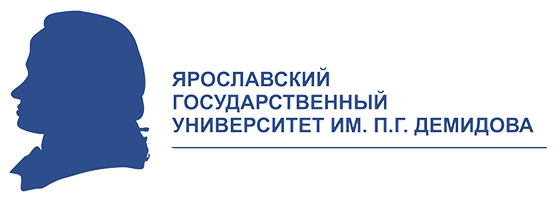Восприятие эмоциональной информации в условиях слепоты по невниманию
Аннотация
Ключевые слова
Полный текст:
PDFЛитература
Mack A., Rock I. Inattentional Blindness // Journal of Mathematical Psychology. 1998. Vol. 43. P. 165-171.
Attentional rubbernecking: Cognitive control and personality in emotion-induced blindness / S. B. Most [еt al] // Psychonomic Bulletin & Review. 2005. Vol. 12. P. 654-661.
The naked truth: Positive, arousing distractors impair rapid target detection / S. B. Most [еt al] // Cognition & Emotion. 2007. Vol. 21. P. 964-981.
Bruner J. S. Another look at New Look 1 // The American psychologist. 1992. Vol. 47(6). P. 780-783.
Bruner J. S., Goodman C. C. Value and need as organizing factors in perception // Journal of abnormal psychology. 1947. Vol. 42(1). P. 33-44.
Bruner J. S., Postman L. Emotional Selectivity in Perception and Reaction // Journal of Perso-nality. 1947. Vol. 16(1). P. 69-77.
Erdelyi M. H. A new look at the new look: Perceptual defense and vigilance // Psychological Review. 1974. Vol. 81(1). P. 1-25.
McGinnies E. Emotionality and perceptual defense // Psychological Review. 1949. Vol. 56(5), P. 244.
Аллахвердов В. М. Размышления о науке психологии с восклицательным знаком. СПб.: Формат, 2009. C. 264.
Bar M. Predictions: a universal principle in the operation of the human brain. Introduction // Philosophical transactions of the Royal Society of London. Series B, Biological sciences. 2009. Vol. 364(1521). P. 1181-1182.
Bar M., Neta M. The proactive brain : Using rudimentary information to make predictive judgments // Journal of Consumer Behaviour. 2008. Vol. 330(October). P. 319-330.
Bruner J. S. On perceptual readiness // Psychological Review. 1957. Vol. 64(2). P. 123-152.
Bruner J. S., Potter M. C. Interference in visual recognition // Science. 1964. Vol. 144-145 (3617). P. 424.
How Not to Be Seen: The Contribution of Similarity and Selective Ignoring to Sustained Inattentional Blindness / S. B. Most [еt al] // Psychological Science. 2001. Vol. 12(1). P. 9-17.
Lavie N. Distracted and confused?: selective attention under load // Trends Cogn. Sci. 2005. Vol. 9. P. 75-82.
DOI: http://dx.doi.org/10.18255/1996-5648-2016-2-100-104
Ссылки
- На текущий момент ссылки отсутствуют.
Контент доступен под лицензией CC BY 4.0
ISSN 1996-5648 (Print)
ISSN 2658-3844 (Online)








